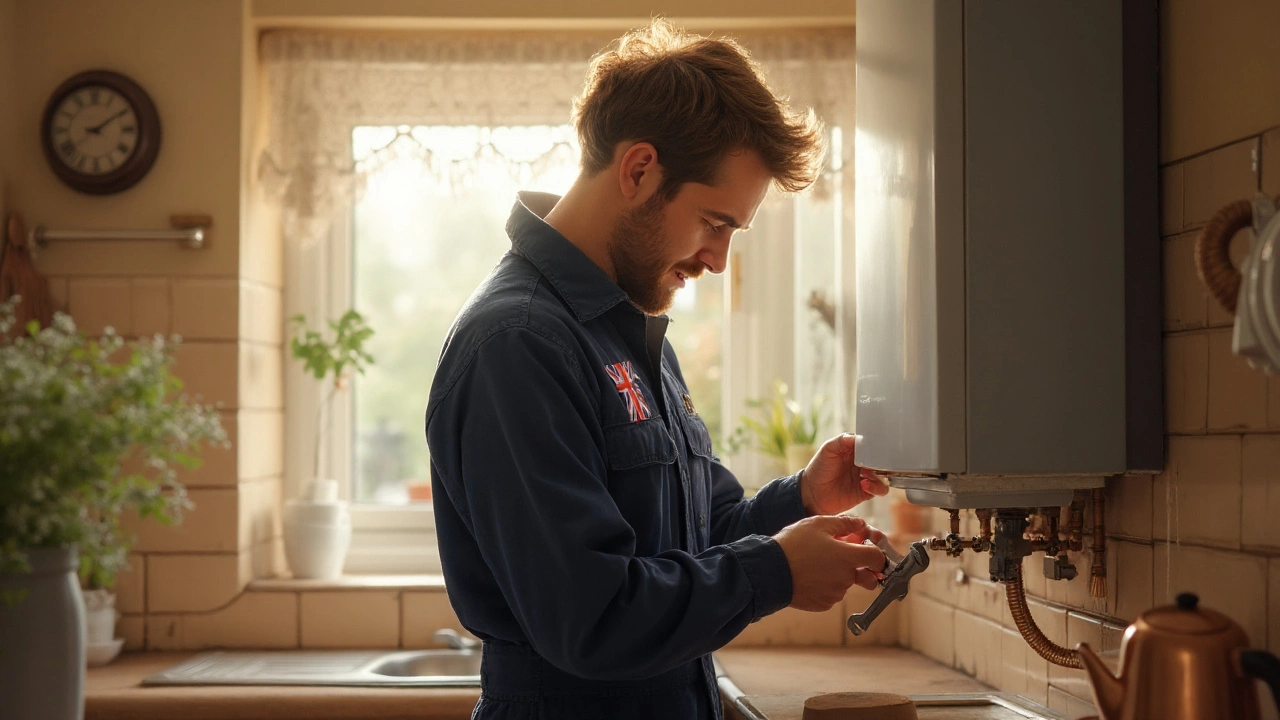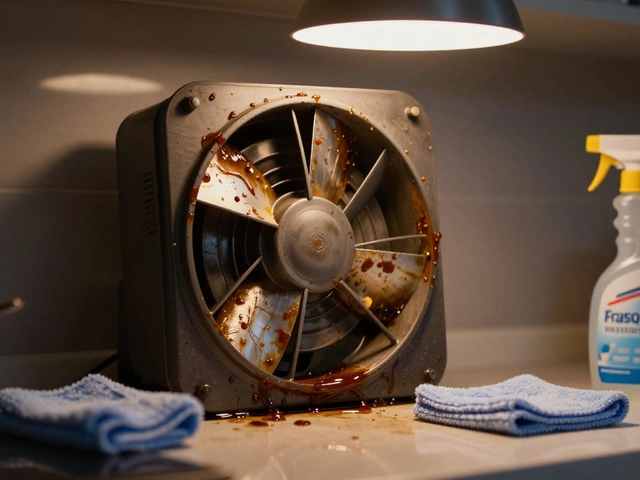Water Heater Care: Simple Steps for Reliable Hot Water
Nothing is more annoying than reaching for a shower and getting cold water. Most of the time the problem isn’t a massive repair – a quick check or a reset can do the trick. Below are the basics you need to know to keep your water heater humming.
Check the Basics Before You Call Anyone
First, make sure the heater is getting power or gas. For electric models, look at the circuit breaker – it might have tripped. For gas units, confirm the pilot light is lit. If the pilot is out, follow the manufacturer’s instructions to relight it. A dead pilot is often the reason you get cold water.
Next, examine the thermostat setting. Many people set it too low to save energy, not realizing it makes the water feel lukewarm. Aim for 120°F (49°C) – that’s comfortable and safe.
When the Reset Button Keeps Tripping
Modern heaters have a reset button that trips if the system overheats. Press it firmly for about three seconds. If it pops back out right away, the heater is still overheating. This can happen because of a faulty heating element, a blocked vent, or too much sediment in the tank.
To clear sediment, drain the tank once a year. Connect a garden hose to the drain valve, open the valve, and let the water run until it’s clear. This simple step can improve efficiency and prevent the reset button from constantly tripping.
Spotting Signs It’s Time for a Replacement
A water heater typically lasts 8‑12 years. Look for rust leaking from the tank, strange noises, or a sudden drop in hot water. If you notice any of these, it’s probably cheaper to replace the unit than keep fixing it.
When you shop for a new heater, think about your daily hot‑water use. A larger tank or a tank‑less model might save money in the long run. Ask a professional to size the unit for your home.
Regular maintenance makes a big difference. Schedule a professional check‑up once a year – they’ll test the pressure‑relief valve, inspect the anode rod, and make sure everything is sealed properly.
Do-It-Yourself Fixes You Can Try
If you’re comfortable with basic tools, replace a heating element or a thermostat yourself. Turn off power or gas, remove the access panel, and swap the part. Many online guides walk you through it step‑by‑step.
Always test the unit after a repair. Turn the power back on, set the thermostat, and wait for the water to heat. If it still won’t get hot, it’s time to call a pro.
Keeping your water heater in good shape doesn’t have to be a headache. A quick power check, an annual drain, and a reset button press can solve most issues. When the problem persists, a professional can diagnose deeper faults and help you decide whether repair or replacement makes sense.
Ready to get your hot water back? Follow these tips, and you’ll avoid most surprises. If you need a hand, Weymouth Appliance Repair Services is just a phone call away – fast, reliable, and local.
Essential Water Heater Maintenance Guide - Keep Your Hot Water Flowing
- Alden Wilder
- Sep 23 2025
- 0 Comments
Learn the step‑by‑step tasks, tools, and schedule needed for effective water heater maintenance. Extend lifespan, boost efficiency, and stay safe.
View More
